Issue 2/2019 (June 2019)
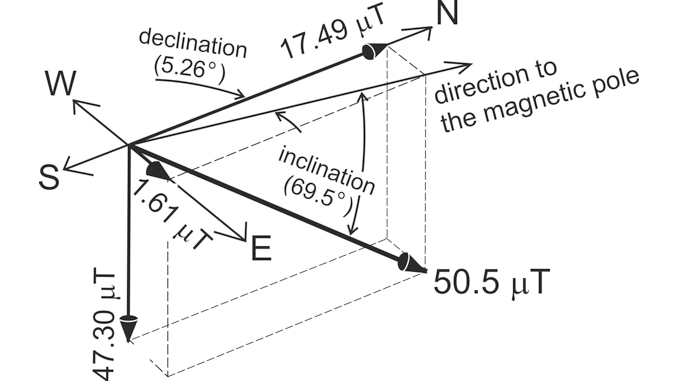
Potential effects of electrical energy transmission – the case study from the Polish Marine Areas (southern Baltic Sea)
The operation of offshore wind turbines and electricity transmission through submarine cables over long distances generate electromagnetic or static magnetic fields (depending on the technical solution) that may modify the natural geomagnetic field and cause

Mollusk fauna associated with Cystoseira barbata (Stockhouse) C. Agardh, 1820 in the Sea of Marmara (Turkey)
Mollusk species associated with Cystoseira barbata were examined in the Sea of Marmara in 2012 at 14 sampling sites with a depth ranging from 0.2 to 0.5 m. A total of 18 468 specimens belonging to
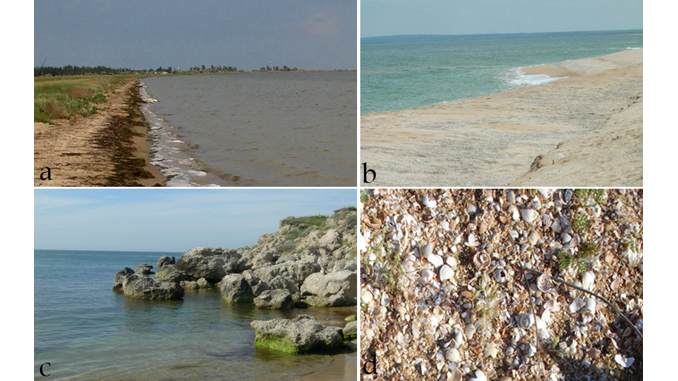
Microphytobenthos as an indicator of water quality and organic pollution in the western coastal zone of the Sea of Azov
Bioindication of organic pollution and seawater quality was carried out for the first time in the western part of the Sea of Azov on the basis of species composition and quantitative characteristics of microphytobenthos. A
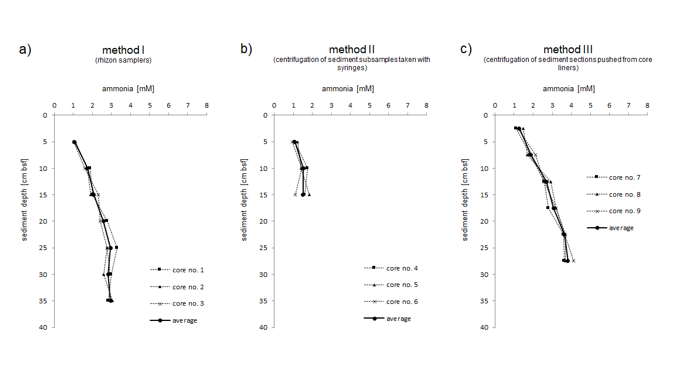
Impact of sampling techniques on the concentration of ammonia and sulfide in pore water of marine sediments
Three ex situ pore water sampling procedures (I – rhizon samplers, II – centrifugation of sediment subsamples collected from different sediment depths without core sectioning, III – core sectioning and centrifugation of sediment sections) were
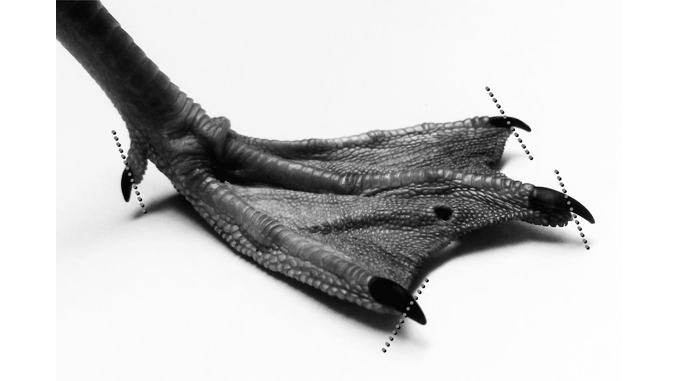
Evaluation of claws as an alternative route of mercury elimination from the herring gull (Larus argentatus)
Mercury enters the body of seabirds in its most toxic organic form, i.e. methylmercury, mainly via the alimentary tract. Inside the body, mercury is transformed into less toxic forms and accumulates in the internal organs.
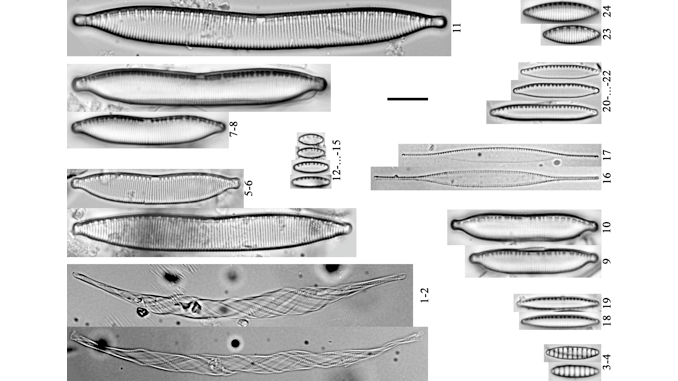
Distribution of nitzschioid diatoms in Kütahya waters
The family of Bacillariaceae Ehrenberg is a group of well-known raphid diatoms, associated with water quality. Our current knowledge of the species diversity of this group in Turkey is still incomplete. There are three river
